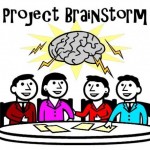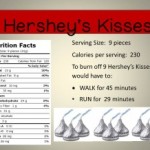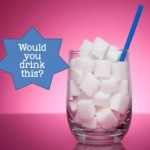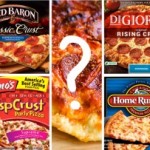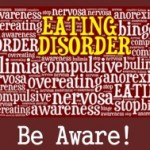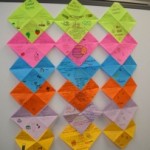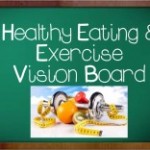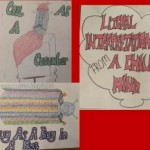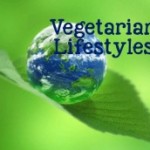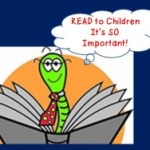
I read to my children ALL the time when they were young, and if nothing else, I wanted them to be readers! And, fortunately, they are! There Read.to.Childrenare so many benefits associated with reading to children at an early age from bonding to improved vocabulary (which helps now that the SATs are right around the corner). This lesson explores the amount of time students spend reading to other screen and electronic device activity and encourages them to research and explore why reading to children is so beneficial to their growth and development. I’ve also included a fun component for students to learn the do’s and don’ts of reading to children while encouraging them to enhance their own oral presentation skills by reading aloud a children’s book.
Read more →
